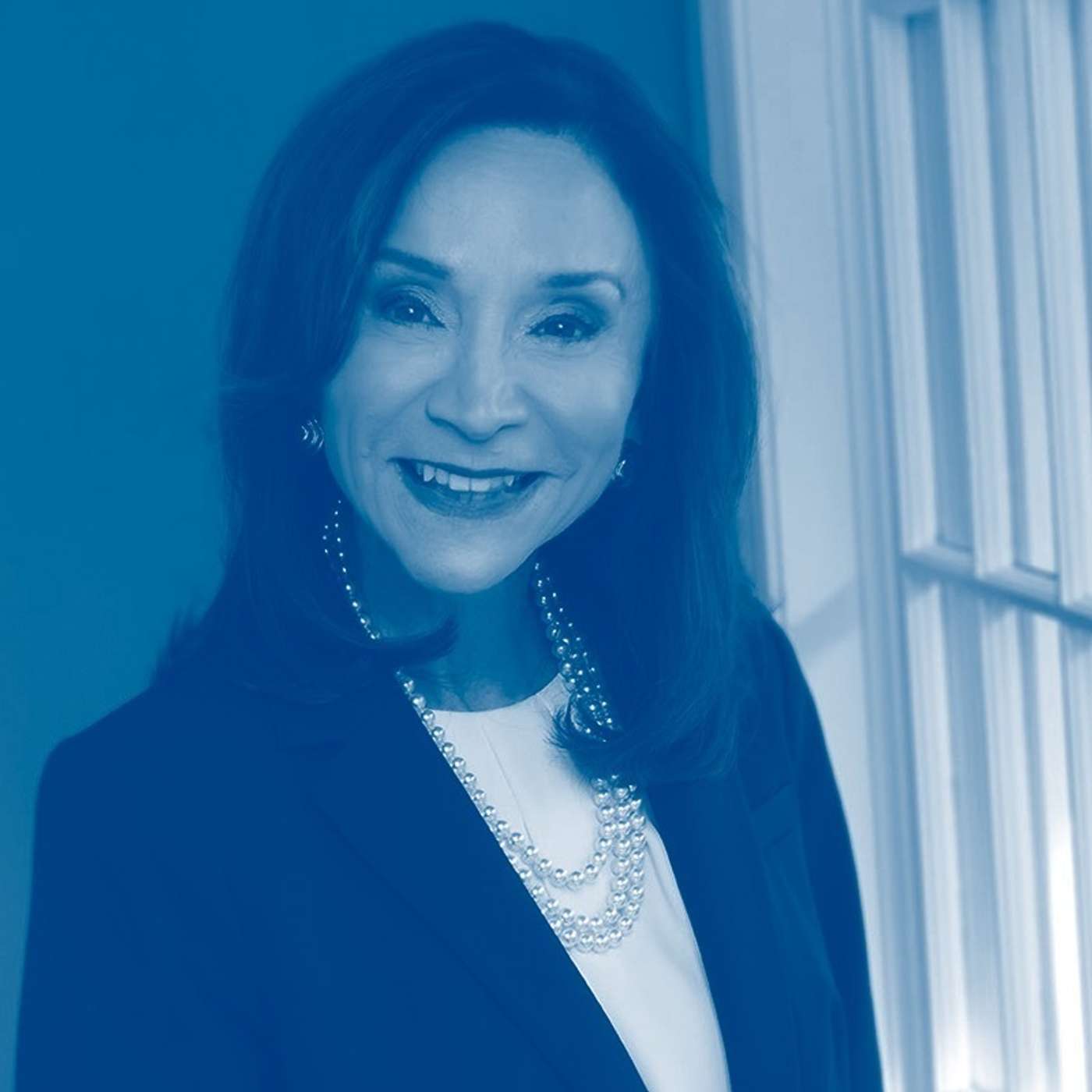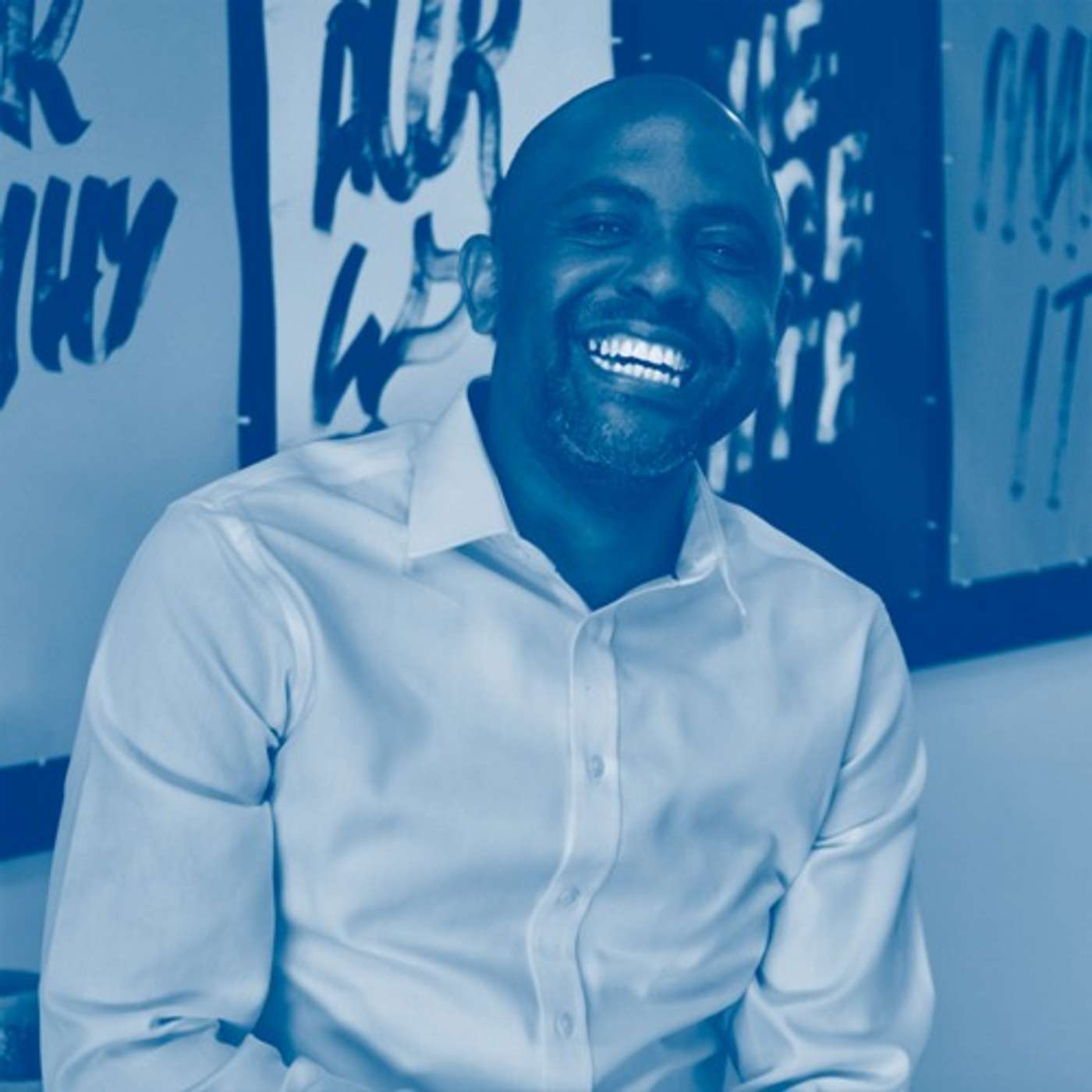Building your Innovation Muscle through Exploration & Experimentation with Lorraine Marchand, Author of The Innovation Mindset
Description
On this week's episode of Inside Outside Innovation, we sit down with Lorraine Marchand. Lorraine is the author of the new book, The Innovation Mindset. She and I discuss how innovation starts, how you can build your muscle of innovation through exploration and experimentation, and much more. Let's get started.
Inside Outside Innovation is the podcast to help new innovators navigate what's next. Each week we'll give you a front row seat into what it takes to learn, grow, and thrive in today's world of accelerating change and uncertainty. Join us as we explore, engage, and experiment with the best in the brightest, innovators, entrepreneurs, and pioneering businesses. It's time to get started.
Interview Transcript with Lorraine Marchand, Author of The Innovation Mindset
Brian Ardinger: Welcome to another episode of Inside Outside Innovation. I'm your host, Brian Ardinger, and as always, we have another amazing guest. Today we have Lorraine Marchand. She is executive managing director of Merative, which is formerly IBM Watson Health. And she's author of the new book, The Innovation Mindset: Eight Essential Steps to Transform Any Industry. Welcome to the show, Lorraine.
Lorraine Marchand: Thank you, Brian. Really happy to be here.
Brian Ardinger: I'm excited to have you. You have been in this space for a while. For the past three decades, you have been in product development, working with companies like Bristol Myers Squibb and Covance, and Cognizant. How did you get involved in the realm of innovation?
Lorraine Marchand: Well, it started when I was actually pretty young. I was reared by my dad, who was an inventor. And when I was growing up around the house, he would always challenge my brother and me, to find three solutions to every problem, usually problems that he would identify. And one summer morning, he really brought that point close to home. And he took us to a local diner called the Hot Shops Cafeteria in Wheaton, Maryland.
And our job was to determine what was slowing down table turnover. So we sat in the big red vinyl booths eating our breakfast of scrambled eggs and orange juice. And after three days of using our stopwatches and writing down notes, and even interviewing waitresses and bus boys, we determined that the culprit was sugar packets. People were spewing them all over the place.
True to his tenant that we had to find three solutions we did. And we ended up taking one to an MVP, minimal viable prototype. And that was the sugar cube. And we ended up selling it to the Hot Shops cafeteria that summer, and pretty soon it was distributed throughout the Baltimore Washington area.
So early on, I learned that problem solving was fun and lucrative. And fast forward throughout my career, whether it was at the National Institutes of Health or Bristol Myers Squibb, or founding my own startups and the diagnostics and ophthalmology area, I found that I really did love this idea of being able to clearly define a problem, and then as my dad had taught me kind of systematically evaluate and choose solutions.
And to me, the heart of the innovation mindset that I write about is an insatiable curiosity, a passion for problem solving, and embracing change. And so I have found myself, whether in large corporations or in startups, desiring to be that agent of change and bringing that problem solving methodology that I learned so early at the age of 13 with me in all of my career endeavors.
Brian Ardinger: I love that story and I love, you have this in the book that one of the key mindset essential steps is this innovation starts with at least three ideas. Can you talk a little bit more about why it takes more than one idea to get something going and that process?
Lorraine Marchand: You know, I like to say that first of all, your first two ideas, one of them is probably a solution that you've already been mulling over before you even confirmed that you had a problem. Because I find that we, as human beings, love to go into solutioning mode before we've really carefully defined the problem.
So, if you are making your way around a problem, you probably have a bias in terms of what one of the solutions is. The second solution is always to do nothing, right? The competition is always the default, the status quo, I'm not going to change.
So right there, you already have number one and two. So you have to be true to the problem solving discipline and this idea of brainstorming and coming up with the three solutions, because it could be that third one that is the winner. If you go a little bit beyond the three, I'm okay with that, but I don't allow my students or any of the individuals I coach to cheat and come up with fewer than three. That you can't do
Brian Ardinger: That makes perfect sense. Like you said, you've been in this space for a long time and you've, you've helped create products, you've helped create companies and that. What are some of the biggest maybe obstacles or misconceptions that people have about innovation and starting this particular process.
Lorraine Marchand: I think a lot of people are intimidated that they think that innovation has to be at the hands of some of the quintessential greats like Edison and Jobs and Musk and Gates, etc. And so, the first thing I like to do is educate and inform individuals that not all forms of innovation are disruptive. They're not all big hunt.
And it is absolutely honorable, and it could be your style of innovation to create incremental improvements. To do more renovation, retooling something for another type of use case. To be optimizing, which actually my story about the Hot Shops Cafeteria, truly if I'm honest about it, it's more about optimizing than truly innovating.
But I'm okay with that because like you, I'm very passionate about just encouraging more people to access the freedom, the excitement, the job satisfaction that comes from innovating. And I'm okay to use a broader set of terminology in order to attract more people to just find ways to get started. So that's the first thing. I think people are really put off by that.
And then I think that a lot of innovators find that it's very difficult to do customer research. Where do I find the customer? How do I talk to them? Do they want to talk to me? How do I really write a question guide that doesn't bias them toward my solution? So that's one that is very difficult to do, and I find that a lot of individuals will gloss over it.
You know, I, I say you have to talk to a hundred customers. And my students look at me with their eyes crossed going, I can't possibly do that. I can't even find five. And I say, well, how are you going to sell your product if you can only find five people to talk to about it? Okay. Right there.
And then I would say the other area is pivot. I'm a real fan of pivoting you never fail. Some people will argue with me, but I like to say, you don't fail if you're constantly adjusting your strategy based on the data, based on the market dynamics, and you're moving in the direction where you keep learning and improving what you're doing and moving it closer to the customer. We don't fail, we pivot. But a lot of founders, fail to see the warning signs. That maybe things aren't taking off the way they thought. And so pivoting too late can be pretty dangerous. ...
























